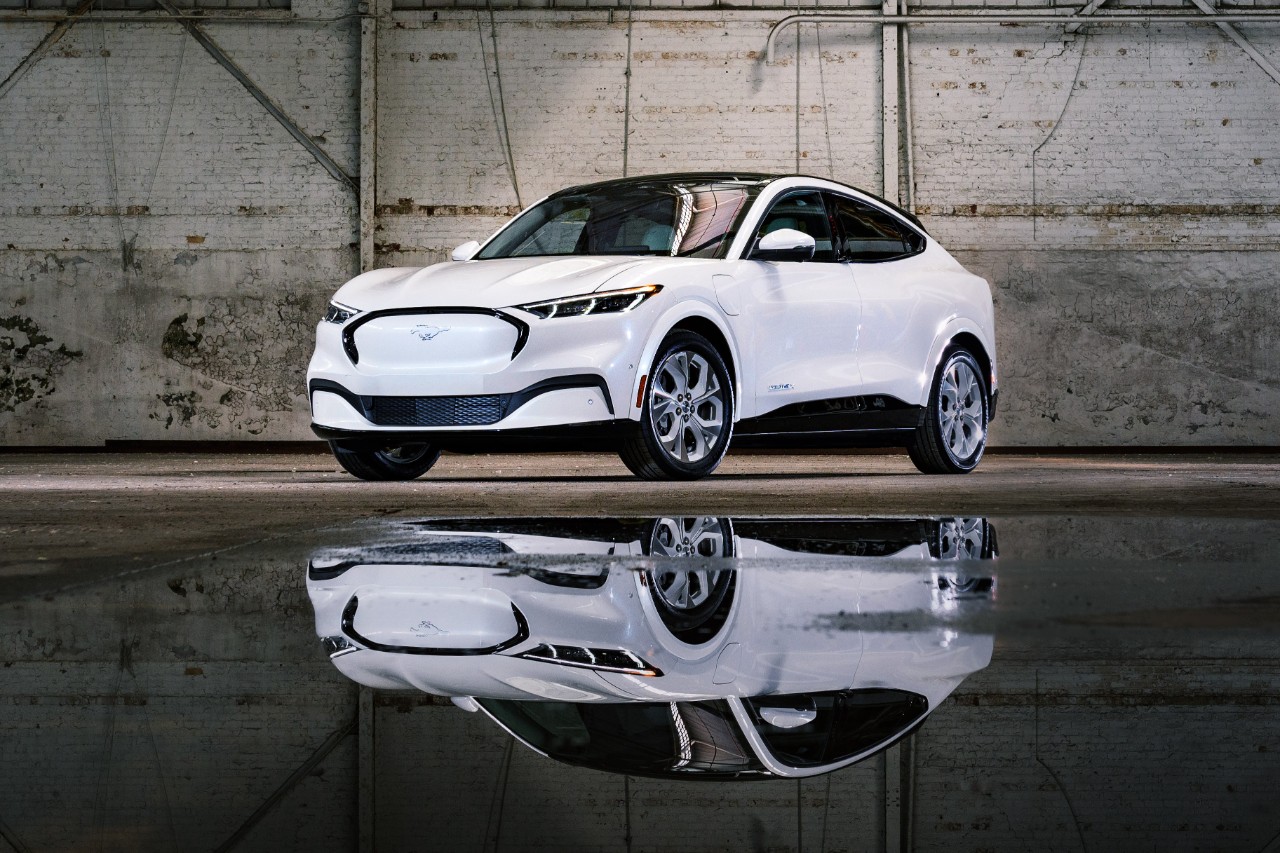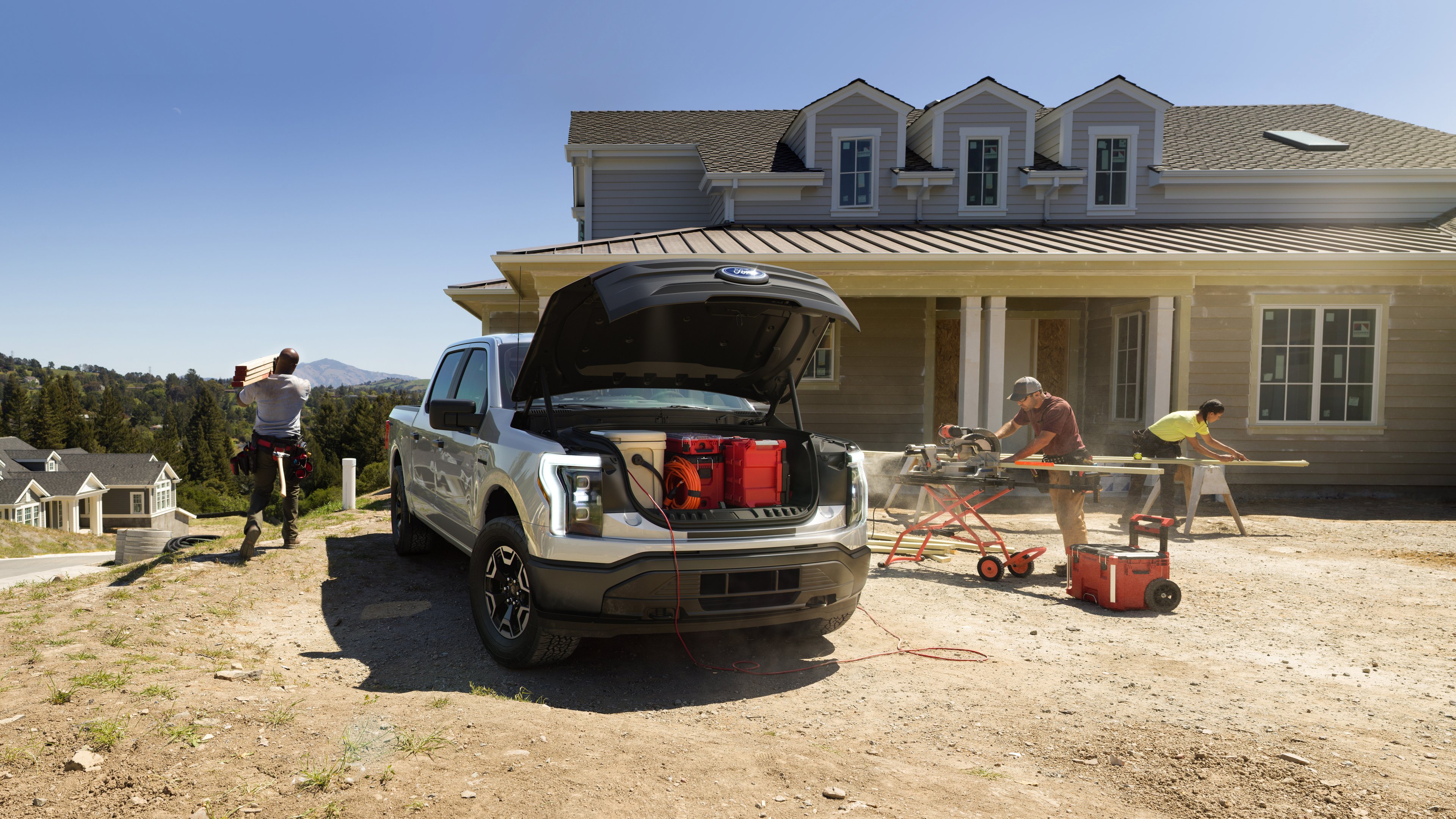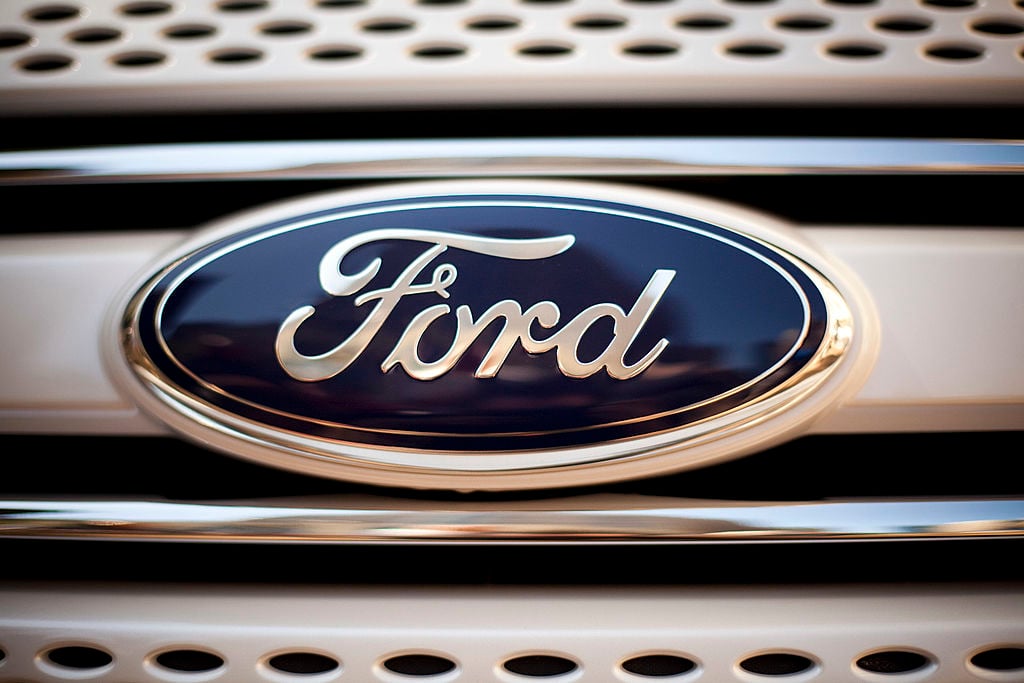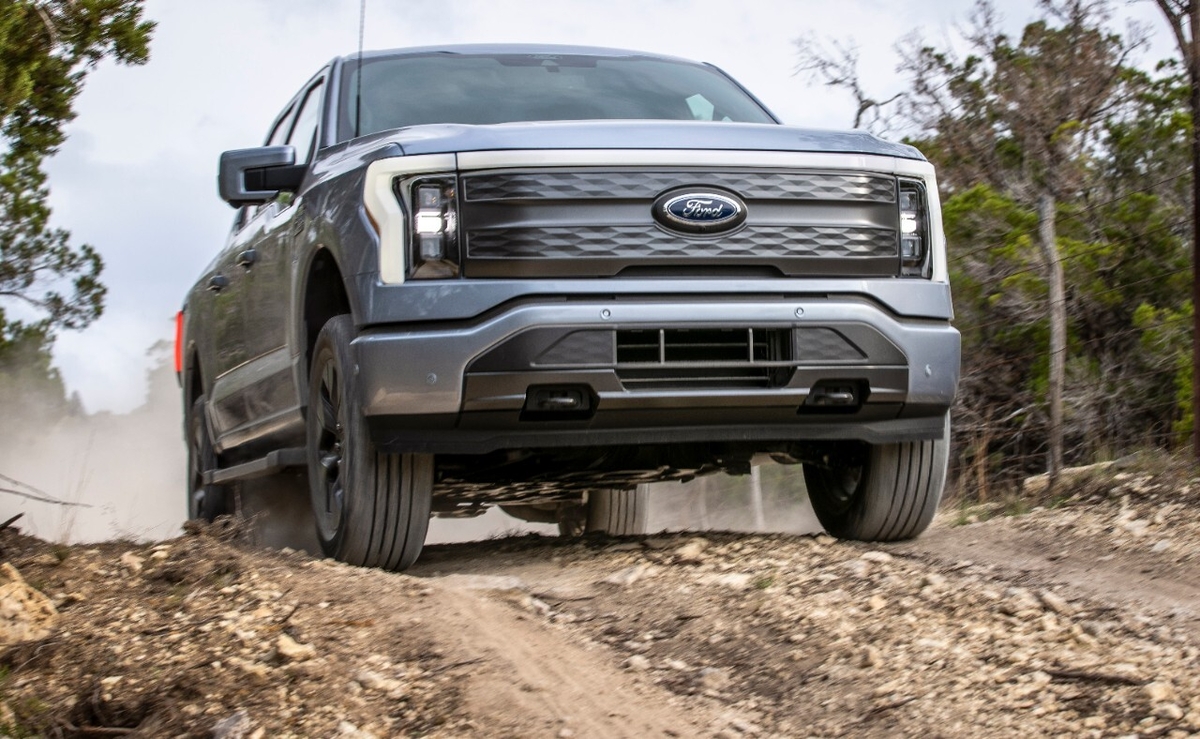Sales of full-size trucks, SUVs, and crossovers have been on fire in the U.S. market this year, and will likely break the 17 million-units-sold mark in 2015 for the first time since 2004. On the flip side, as sales continue to surge higher, it appears that U.S. customer satisfaction with automobiles has dropped to an 11-year low, according to The American Customer Satisfaction Index.
So what's going on here? And is declining customer satisfaction a concern for investors hoping the auto industry's sales remain around the 17 million unit mark annually over the next few years? Let's dig in.
Just the facts
The American Customer Satisfaction Index's auto industry score, based on a survey of nearly 4,300 people who evaluated their recent automotive purchase on quality and expectation, fell to 79 out of 100 in 2015. That score was a 3.7% decline from last year's score, and it was the third consecutive year the index recorded a decline.
At the top of the satisfaction list was Toyota's Lexus brand, with an individual score of 84, unchanged from the previous year. Following Lexus was a tie at 83 among Honda's Acura brand, Ford Motor Company's (F 1.39%) Lincoln brand, and Daimler's Mercedes-Benz. BMW completed the top five with a scores of 82.
Ford's namesake brand and General Motors' (GM 2.65%) mainstream Chevrolet brand tied with a score of 79 to rank 14th and 15th. General Motors' first appearance on the list, however, was its Buick brand at No. 9 with a score of 80, followed by Cadillac in the No. 10 slot with an identical 80.
Fiat Chrysler Automobiles (FCAU +0.00%) had a much less impressive showing. FCA's first brand on the list was, surprisingly, Dodge, which ranked 23rd with a score of 76. Jeep, Chrysler, and Fiat respectively ranked at 26, 27, and 28, with scores of 75, 74, and 73.
What's driving the scores?
Perhaps more important than the rankings themselves is explaining the overall decline in customer satisfaction. After all, if you're invested in the automotive industry, you'd prefer consumers be more satisfied with their purchase. There are two major factors fueling the decline in consumer satisfaction: higher prices and recent recalls.
It shouldn't surprise anyone that this year's customer satisfaction dipped to lows not seen since 2004, which had been the automotive industry's worst year for recalls in history until the record was nearly doubled with 64 million vehicles recalled last year.
Higher vehicle prices is the second major factor responsible for the decline in satisfaction. Average transaction prices in the U.S. are continuing to push higher as consumers continue to pack more technology features and premium options into their vehicles. Even with higher transaction prices, lower interest rates are enabling consumers to compensate for higher vehicle price tags with longer loan terms.
However, the higher pricing data needs some context, because the decline in satisfaction goes beyond just higher prices. Though vehicles cost only slightly more, consumers remember recent years when dealerships dished out large incentives to move the needle on vehicle sales. As an example, the highest consumer satisfaction score ever recorded came in 2009, when the government's Cash for Clunkers program made many car buyers very happy.
So when the headline reads that consumer satisfaction with automobiles declined again and hit an 11-year low, there are more factors than higher prices and recent recalls -- the fact is that the super deals on vehicles we've grown accustomed to in recent years were an oddity in the grand scheme of things.
For investors, this consumer satisfaction survey mostly confirms what we already know: Ford and General Motors remain in the middle of the pack, if not slightly higher, and are improving. Meanwhile, Fiat Chrysler Automobiles continues to struggle with quality and consumer satisfaction.
Furthermore, looking at the bigger picture, customer satisfaction doesn't mirror the surge in sales because as demand increases, so do prices, and incentives and deals move lower. All in all, investors in the automotive industry should be encouraged by the situation, because higher prices and lower incentives mean more bottom-line profits.







